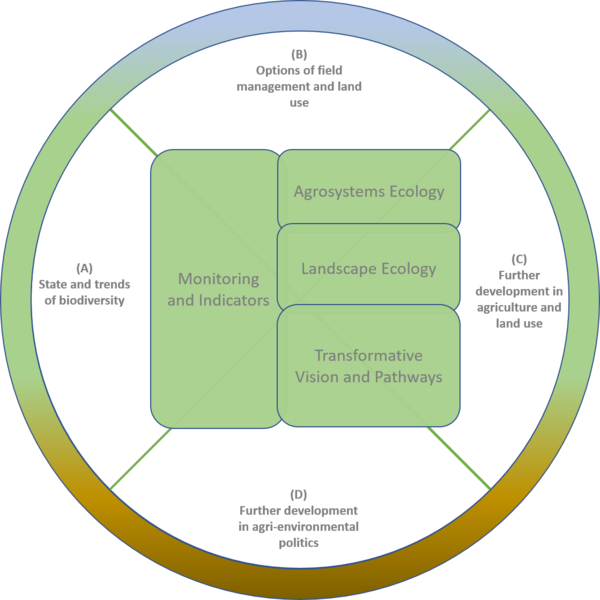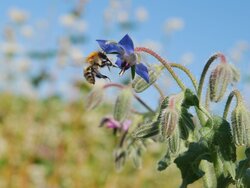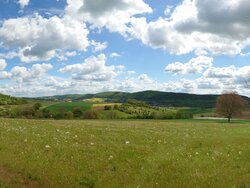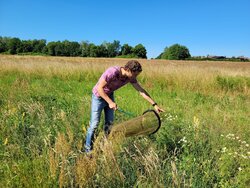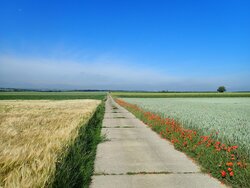Fields of Activity
The Institute of Biodiversity has its core competencies in the field of natural science and ecology.
Longer-term guiding questions for the Institute's research are:
(A) How can the state of and changes in biodiversity be measured and assessed at national level?
(B) How do different management and land use options affect biodiversity, ecosystem functions and services?
(C) What recommendations for the further development of agriculture and land use can be made from an agro-ecological perspective and in the interdisciplinary overall view, taking social-ecological perspectives into account?
(D) What recommendations follow from this for the further development of agricultural and environmental policy?
Four Fields of Activity are dedicated to these guiding questions.

![[Translate to English:] [Translate to English:]](/media/_processed_/e/3/csm_Demetra2_c8a192c0f8.jpg)
![[Translate to English:] [Translate to English:]](/media/_processed_/e/2/csm_Demetra1_Panorama_8557ee3b13.jpg)
